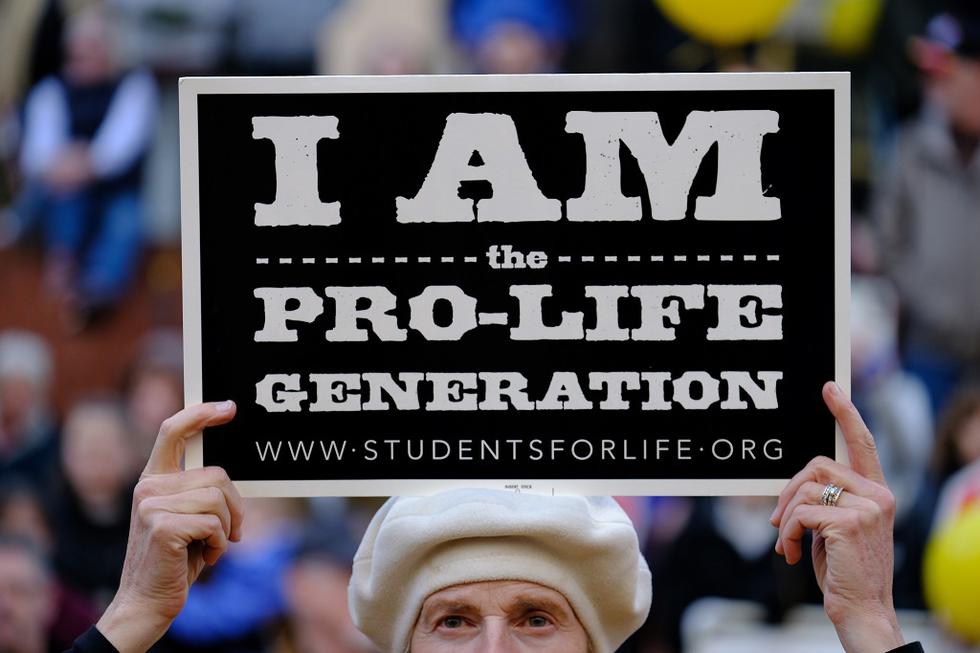Elianna Lev
Fri, August 26, 2022
Brands across Canada and beyond are showing their support for recently ousted CTV anchor Lisa LaFlamme after reports that an exec questioned her decision to sport grey hair.
After news that the popular, long-time journalist’s contract wasn’t renewed with the network, many people slammed parent company Bell Media for what they called an agist decision, as LaFlamme has been open on-air about letting her hair go grey. Bell Media put out a statement saying they take these allegations seriously and that an independent third-party would be investigating.
Since then, Wendy’s, Dove and Sports Illustrated have taken to social media to show their support and make a statement about the beauty of aging. Wendy’s changed their signature red-headed mascot’s hair to grey, while Dove announced it would donate $100,000 to Catalyst, a Canadian organization that helps build better workplaces for women. Sports Illustrated retweeted their cover that features 74-year-old model Maye Musk.
But when brands take a stance on an issue like this, many become skeptical of the intention.
Is it out of a genuine drive to create change or are they simply riding on the coattails of a hot topic to bolster their brand?
Avni Shah is an assistant professor of marketing with the University of Toronto Scarborough and Rotman School of Management.
She says there’s an increasing expectation that brands will take a stand on an issue, particularly when it comes to discrimination. Where it gets tricky is understanding whether this is aligned with the brand’s track record.
If there’s all this press on agism, people will choose another internet plan or cell phone provider instead.
“It’s going to seem a little frivolous if a brand is saying one thing and doing another,” she tells Yahoo Canada News.
Dan Guadagnolo, an assistant professor with the Institute of Communication, Culture, Information and Technology at the University of Toronto, concurs. He points out that Dove’s parent company, Unilever, also owns Axe Body Spray, a brand with a long history of highly offensive and misogynistic campaigns.
“While it is great that Dove and Unilever are donating $100,000.00 to Catalyst, we should also remember that Unilever has long profited from the very same kinds of misogyny that drove the CTV decision to oust LaFlamme,” he says.
Shah points out that for Wendy’s changing their mascot’s hair colour online is a relatively costless decision without much risk. It gets people talking online, and in turn, brings attention and engagement with their brand. But a closer look into the company might paint a different picture.
“What’s their history of action with these kinds of things and are they still advertising with Bell?” she asks. “That would be a stronger statement. What are their hiring practices? Are they hiring people of different ages? Those are the things you’d want to think through.”
At the very least, Shah says this controversy is raising awareness on important issues like sexism and agism. And that could impact Bell Media on a bigger scale, when it comes to new subscribers, viewers and future advertisers.
“If you’re signing up (for a service) and there’s all this negative press, many people are choosing brands that align with their values,” she says. “If there’s all this press on ageism, people will choose another internet plan or cell phone provider instead.”
'Gimmicky' or 'fabulous'?:
Wendy's Canada swaps mascot's red locks
for grey hair to support axed CTV anchor
Lisa LaFlamme
Elisabetta Bianchini Thu, August 25, 2022
Wendy's Canada has entered the discussion on Bell Media letting go of legacy CTV News anchor Lisa LaFlamme in a new image posted on social media.
"Because a [star] is a [star] regardless of hair colour," the tweet from Wendy's Canada reads, just above a picture of the Wendy's mascot, with her red hair changed to a grey colour.
On Aug. 15, LaFlamme posted a video on social media where she stated she was "blindsided" by the move to end her contract.
"At 58, I still thought I had a lot more time to tell more of the stories that impact our daily lives," she said in the video. "Instead I leave CTV humbled by the people who put their faith in me to tell their story.
"While it is crushing to be leaving CTV National News in a manner that is not my choice, please know reporting to you has truly been the greatest honour of my life, and I thank you for always being there."
There was also a published report that quoted CTV News chief Michael Melling asking who "...let Lisa’s hair go grey?"
After Wendy's Canada posted their image, many took to social media to comment, and some want more action.
Earlier this week, Dove launched its "Keep The Grey" campaign, with a video posted by the company on social media reading, "women with grey hair are being edged out of the workplace."
"Dove is going grey," the message reads. "Together we can support women aging beautifully on their own terms."


















